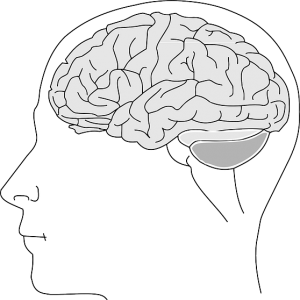-
Happy Holidays from AcceGen! Orders placed during Dec 22–Jan 2 will be processed and shipped after operations resume. Please plan ahead.
Featured Products
- In-Stock Tumor Cell Lines
- Human Orbital Fibroblasts
- Human Microglia
- Human Pulmonary Alveolar Epithelial Cells
- Human Colonic Fibroblasts
- Human Type II Alveolar Epithelial Cells
- Human Valvular Interstitial Cells
- Human Thyroid Epithelial Cells
- C57BL/6 Mouse Dermal Fibroblasts
- Human Alveolar Macrophages
- Human Dermal Fibroblasts, Adult
- Human Lung Fibroblasts, Adult
- Human Retinal Muller Cells
- Human Articular Chondrocytes
- Human Retinal Pigment Epithelial Cells
- Human Pancreatic Islets of Langerhans Cells
- Human Kidney Podocyte Cells
- Human Renal Proximal Tubule Cells
Primary Cells
Explore Products




 LN-229 is a human glioblastoma cell line established in 1979 from a right frontal parieto-occipital glioblastoma tumor tissue of a 60-year-old European female patient. This epithelial-like cell line grows under adherent culture properties with a doubling time of approximately 31 hours. Karyotype analysis reveals a hyperdiploid chromosomal complement with notable chromosomal instability, including multiple copies of chromosomes 12 and 19. Molecular characterization identifies a TP53 mutation (CCT→CTT transition at codon 98) and homozygous deletions of tumor suppressors p16 and p14ARF, despite retaining wild-type PTEN. LN-229 demonstrates tumorigenicity in nude mouse models, forming subcutaneous tumors upon implantation. These genetic and functional characteristics make LN-229 a relevant preclinical model for glioblastoma biology and treatment resistance.
LN-229 is a human glioblastoma cell line established in 1979 from a right frontal parieto-occipital glioblastoma tumor tissue of a 60-year-old European female patient. This epithelial-like cell line grows under adherent culture properties with a doubling time of approximately 31 hours. Karyotype analysis reveals a hyperdiploid chromosomal complement with notable chromosomal instability, including multiple copies of chromosomes 12 and 19. Molecular characterization identifies a TP53 mutation (CCT→CTT transition at codon 98) and homozygous deletions of tumor suppressors p16 and p14ARF, despite retaining wild-type PTEN. LN-229 demonstrates tumorigenicity in nude mouse models, forming subcutaneous tumors upon implantation. These genetic and functional characteristics make LN-229 a relevant preclinical model for glioblastoma biology and treatment resistance.